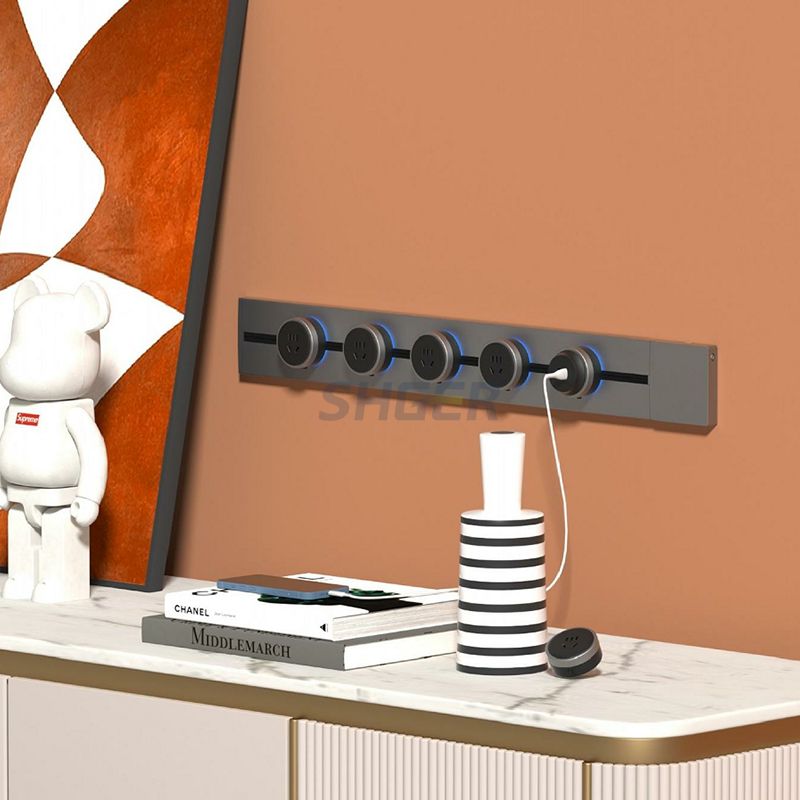What Is a Power Track and Why Do We Need One?
A Power Track, also known as a power distribution track or powerway, is a modular electrical distribution system used primarily in commercial and industrial environments. It consists of a continuous track or rail installed along walls, ceilings, or floors, which serves as a conduit for electrical power distribution to various devices and equipment within a space. Here’s a detailed explanation of what a Power Track is and its significance:
Components of a Power Track System:
Track or Rail: Typically made of aluminum or steel, the track serves as the main structural component where electrical components can be mounted or suspended.
Power Feed Units: These units connect the track to the main power supply, providing electrical input to the system.
Power Distribution Units (PDUs): These units distribute power along the track, often featuring outlets or connectors where electrical devices can be plugged in.
End Caps and Accessories: Accessories include end caps to terminate the track and various connectors, adapters, and brackets to customize the installation according to specific needs.
Why do we need a Power Track?
Flexibility and Adaptability: Power tracks offer flexibility in electrical system design, allowing for easy reconfiguration and expansion as needs change. They can be installed along walls, ceilings, or floors, adapting to different layouts and spaces.
Ease of Installation: Compared to traditional wiring systems, power tracks simplify installation and reduce labor costs. They can be quickly mounted or suspended, minimizing disruption during installation or modifications.
Modularity: The modular nature of power tracks enables the addition or removal of power outlets or components as required. This modularity supports scalability and customization without extensive rewiring.
Accessibility: Devices and equipment can be easily connected or relocated along the track, facilitating maintenance and operational flexibility.
Enhanced Safety: Properly installed power tracks reduce the risk of exposed wiring or cables, enhancing electrical safety in the workspace. The tracks can also include features like insulation and grounding for added protection.
Aesthetics: Power tracks can contribute to a cleaner and more organized appearance compared to exposed wiring or cable trays, especially in retail, office, or showroom environments.
Efficiency: By providing a centralized distribution point for power, power tracks optimize energy use and reduce the potential for power loss associated with long cable runs.
Applications of Power Tracks:
Commercial Spaces: Offices, retail stores, and malls use power tracks for flexible and efficient electrical distribution.
Industrial Facilities: Factories and warehouses benefit from power tracks for powering machinery, workstations, and assembly lines.
Exhibitions and Events: Temporary installations at trade shows or events utilize power tracks for quick setup and teardown.
Healthcare Facilities: Hospitals and clinics employ power tracks in patient rooms and medical facilities for powering equipment and devices.
In summary, a Power Track is a versatile and efficient solution for electrical power distribution in various settings. Its modular design, ease of installation, flexibility, and safety benefits make it an ideal choice for modern electrical infrastructure needs in both commercial and industrial applications.
Whether you’re interested in power tracks or want to find out more, Sager is on hand to help. Please don’t hesitate to contact us with any questions or enquiries.
- Previous: None
- Next: None
- 0


